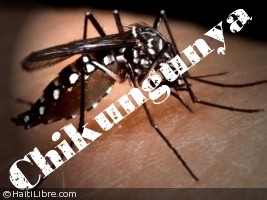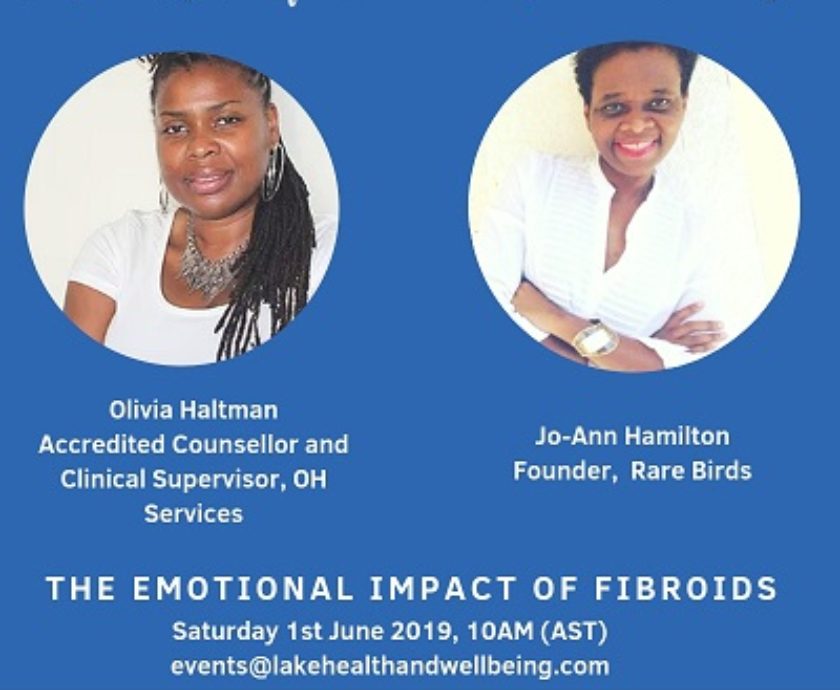We get a lot of questions from women about what they can do prevent fibroids. In this week’s blog, we’ll look at the effect of exercise on the development fibroids.
Fibroids are non-cancerous tumours that develop in or around a woman’s womb. They can cause a number of symptoms including pelvic (tummy) pain, infertility, heavy and/or painful periods, back pain, anaemia, constipation, frequent urination and pain during sexual intercourse.
The exact cause of fibroids is unknown but research does suggest that fibroids are caused by a combination of genetic, lifestyle and hormonal factors. Those most at risk of developing fibroids are black women, those who are overweight, women of childbearing age (particularly women who are 25-45 years old), those with a family history of fibroids and women who haven’t given birth.
Exercise and Risk Reduction
When looking at these factors and trying to understand what preventative steps women can take, exercise seems like a logical factor to explore for two main reasons. Firstly, being overweight increases risk of developing fibroids so a woman can reduce her risk by maintaining a healthy weight through exercise. Secondly, fibroids are a hormonal condition with oestrogen and progesterone playing a role in their development. When we look at similar hormonal conditions that have been widely studied, such as breast and endometrial cancer, exercise has been shown to be beneficial in reducing risk. This is thought to be because exercise has a number of effects on our hormones which ultimately can lead to a reduction in the level of hormones circulating in our body and balancing of our hormones.
What Research Tells Us
A recent small study published in 2013 by Peking University in China looked into the association between physical activity and fibroids. They found that women who participated in moderately intense occupational activity (physical activity at work) had a significantly lower risk of developing fibroids.
In 2006, The National Institute of Environmental Sciences in Washington DC published the results of their research study exploring the effect of exercise on the development of fibroids. This study included 1189 women (734 black women, 455 Whites) aged 35-49. Whilst their study did have some limitations they found that women who did the most physical activity (more than 7 hours a week) were significantly less likely to develop fibroids than those who did the least amount of exercise (less than 2 hours a week). They also found that the association between exercise and fibroids was similar for both black and white women.
Finally, in 1986, the Harvard School of Public Health published their study which compared the prevalence of fibroids in former college athletes (2,622 women) to non-athletes (2,776 women). They found that the non-athletes were at a 40% greater risk of developing fibroids than their athletic counterparts.
Conclusion
Research and theory demonstrate that regular exercise is an effective way to reduce your risk of developing fibroids. By introducing as much exercise as you can into your weekly routine you can make a significant difference to your risk.
The UK’s Department of Health recommends that we do a minimum of 150 minutes of exercise per week; this is a good target to aim for.












